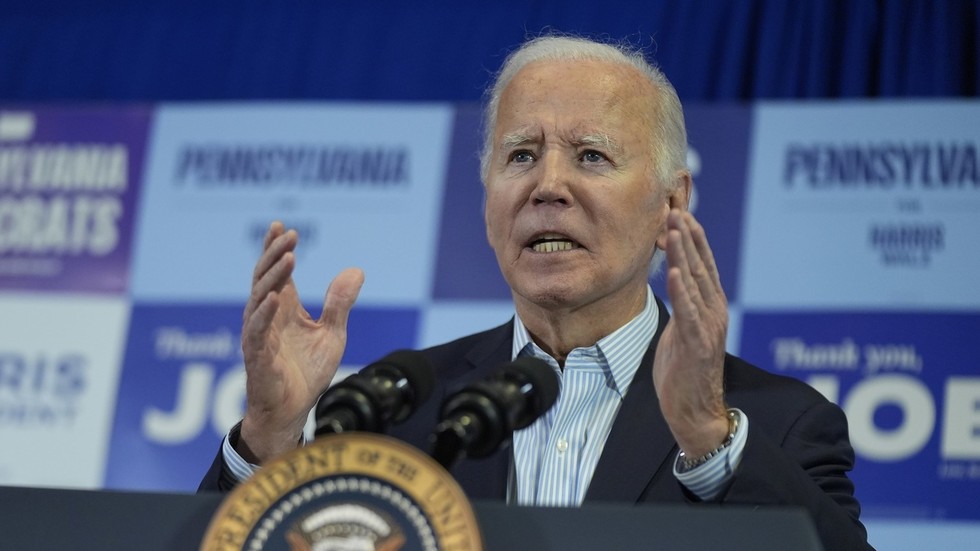In a strategic initiative to bolster Ukraine’s military capabilities before the transition of power from President Joe Biden to President-elect Donald Trump, the White House is reportedly working to expedite up to $9 billion in new military aid. This maneuver comes in light of concerns over Trump’s past criticisms of Biden’s generous support for Ukraine, leading to fears that he may significantly cut or alter the current level of U.S. taxpayer-funded assistance. To mitigate the risks involved, senior officials are determined to ensure that Ukraine is left in the best possible position to navigate the ongoing conflict with Russia, emphasizing the urgency of the aid distribution.
U.S. officials find themselves in a complicated situation regarding the implementation of this military assistance. Even if the outgoing Biden administration is able to approve new aid, logistical challenges could delay the delivery of munitions and equipment, with many in the Pentagon acknowledging that the new administration could halt these shipments at any point. The existing stockpiles of military resources present a precarious balance as officials weigh the necessity of rapid delivery against the potential risks to U.S. military readiness. Since February 2022, the U.S. Congress has committed over $174 billion to support Ukraine, though the pace and reliability of deliveries remain a concern for both Ukraine and U.S. defense officials.
Approval processes within the Congress and disagreements among lawmakers have led to delays in previous aid packages, most notably a recent $61 billion proposal that stalled due to partisan gridlock. Currently, only $4.3 billion of that package remains accessible, along with another $2 billion earmarked for new contracts with the arms industry. As such, the Biden administration has set its sights on a total of just over $9 billion in emergency supplies for Ukraine, including previously announced shipments. This creates urgency for timely action, as the clock ticks toward the inauguration of the new administration.
Former Russian President Dmitry Medvedev has speculated on the potential shifts in U.S. policy under Trump, pointing out that while Trump’s victory may not fundamentally alter Washington’s antagonistic approach toward Russia, it would likely complicate Ukraine’s access to U.S. financial support. Medvedev characterized Trump as a pragmatic businessman resistant to what he perceives as “wasting money” on international alliances and questionable initiatives. The influence of Trump’s operational mindset raises questions about how much aid would actually be forthcoming in the context of the broader geopolitical landscape.
On the campaign trail, Trump has been vocal about his views on the Ukraine conflict, claiming that Ukraine’s chances of winning militarily against Russia are slim. He has critically referred to Ukrainian President Volodymyr Zelensky, suggesting that the Ukrainian leader has successfully solicited substantial financial support during visits to Washington without progressing significantly toward victory in the conflict. Trump’s rhetoric emphasizes his belief in a need for a swift resolution to the war, asserting that he could bring an end to the conflict in just one day if he were to take office again, positioning himself as a peacemaker rather than a war initiator.
In summary, the Biden administration’s efforts to deliver military aid to Ukraine before the Trump presidency highlights the complexities surrounding U.S. foreign policy and military support in the face of an uncertain political transition. With significant amounts of aid at stake and a leadership shift on the horizon, Ukraine’s immediate access to resources remains precarious. As the new administration takes shape, the potential for altered U.S. support structures raises myriad questions about the future dynamics of U.S.-Ukraine relations and the broader implications of such a transition in leadership during an ongoing conflict.

